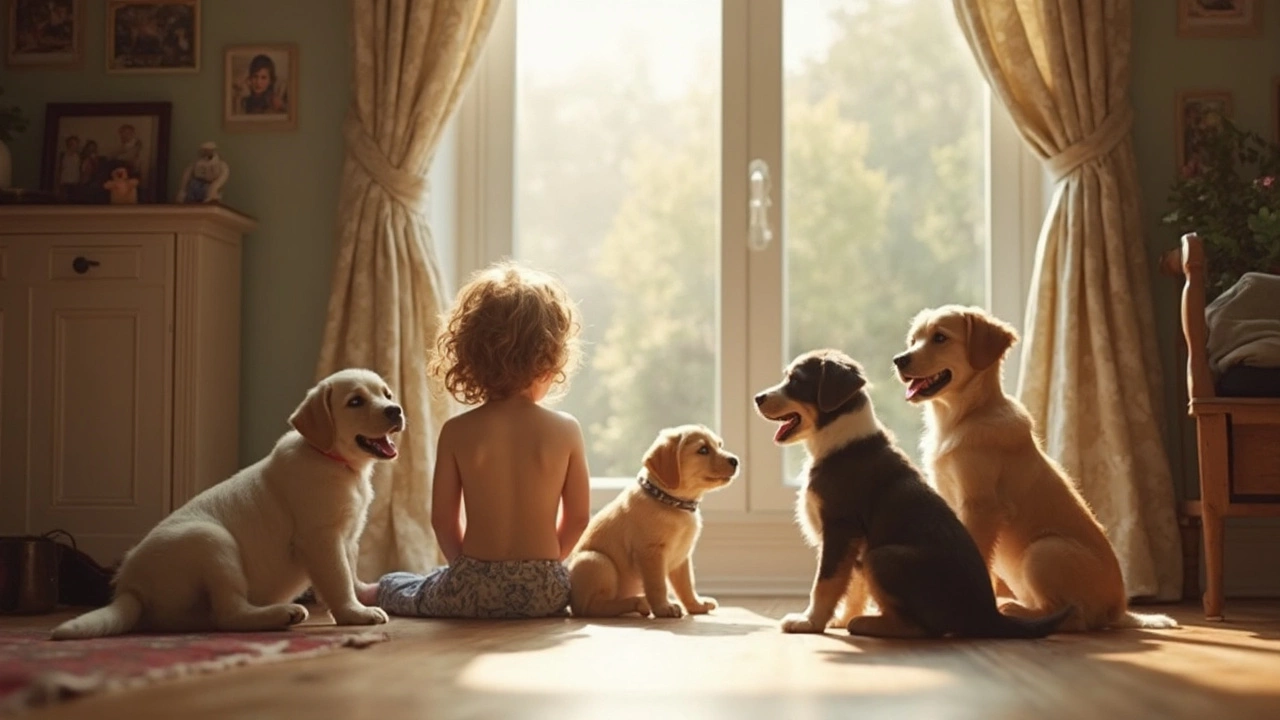Puppy Milestones: What to Expect at Every Age
Got a new puppy and wonder what’s normal? Knowing the milestones your pup should hit makes training easier and helps you spot issues early. Below you’ll find the most important stages, plus simple actions you can take right now.
First Weeks: Birth to 8 Weeks
During the first two weeks the puppy lives with its mother and learns to eat, sleep, and go to the bathroom on its own. By day 5 most pups can see a little and start to hear. Around week 3 they begin to crawl and wag their tails. The biggest change comes at 4 weeks when eyes fully open and they start exploring the litter box.
At 5‑6 weeks you’ll notice the first teeth breaking through. Soft, chew‑safe toys are perfect now – they soothe sore gums and teach bite inhibition. Social play with littermates teaches important body language, so don’t separate them too early.
By week 7‑8 the puppy is ready for a first home. Start a regular feeding schedule with high‑quality puppy kibble, and begin gentle crate training. Short, positive sessions help the pup see the crate as a safe den, not a punishment.
Teenage Puppy: 6 to 12 Months
After the puppy passes the 6‑month mark, growth slows but curiosity spikes. This is the perfect time to solidify basic commands – sit, stay, come – because the pup’s attention span is getting longer.
Expect a burst of energy around 8‑10 months. Short, focused walks mixed with playtime keep the puppy from turning the house into a demolition zone. If you notice chewing on furniture, swap it for a durable chew toy and reward the right choice.
Vaccinations are usually finished by 6 months, but schedule a check‑up to discuss spaying or neutering. This procedure helps curb unwanted behaviors and reduces certain health risks later on.
Socialization stays crucial. Invite friends over, take the pup to a dog‑friendly park, and expose it to different sounds. Each new experience builds confidence and reduces future fear‑based reactions.
By the time the pup hits the 12‑month birthday, you’ll see the adult coat starting to show and the adult size taking shape. Adjust food portions to match the new calorie needs – most puppies over‑eat if you keep feeding the same amount as before.
Tracking milestones isn’t about rigid timelines; it’s about being ready when your pup hits each step. Use a simple notebook or an app to record when your puppy starts chewing, housetraining, or learning a new command. If anything seems off – delayed walking, persistent diarrhea, or lack of eye contact – call your vet early.
Bottom line: knowing the key puppy milestones lets you plan training, nutrition, and vet visits with confidence. Your pup will grow into a well‑adjusted adult, and you’ll enjoy a smoother, happier journey together.
When Is a Puppy No Longer a Puppy? Signs to Look For
Ever wondered when your adorable bundle of fluff actually stops being a puppy? This article explains how puppies grow up, what changes to expect, and why there’s no single answer. Discover the milestones that matter, breed differences, and why the transition from puppy to adult affects more than just behavior. Plus, you’ll get practical tips for caring for your dog at every stage.
